High -quality painting of the car begins with a thorough preparation of the machine, and this is a rather complex and painstaking process, performed by qualified masters with certain skills, experience and knowledge of the intricacies of the technical process. Grinding, putty, primer and other related work occupy the main part of the time in body repair. All work is divided into certain stages, performed with maximum thoroughness.
Stage 1. Cleaning and elimination of corrosion
Before starting preparatory work, the car body is thoroughly washed and cleaned of dirt and dust, using the necessary detergents. After cleaning the body of the car, the foci of corrosion become visible, which are removed by grinding, with a gradual change in grinding paper with large grain to a smaller. Welding places are first cleaned by Ushm (grinder) until the plane is aligned. Then the processed surfaces, as well as chips, dents and scratches are also polished by the sandpaper P60-P120 of the pond and then matched by a thiner skin (P220-R280).
Stage 2. Degreasing
The cleaned machine is blown up with compressed air and degreased using a solvent (silicone cleaner). At the same time, it is thoroughly rubbed, only then a complete degrease of the prepared surface is achieved. High -quality preparation of the machine for painting provides for this stage twice — before grinding and before the paint will be applied. This is done because when grinding oily surfaces, lumps from dust can form, and oil and fat are rubbed into microcracks, from where they cannot be removed. Before applying the protective coating, the purified and low -fat metal is treated with anti -corrosion soils that prevent the development of destructive processes under the soil.
Stage 3. Putty
In order to align the remaining dents after pacifying and welding, two -component coarse -grained putty is used with the addition of fiberglass or aluminum powder. It is very elastic and not subject to significant shrinkage during drying, aluminum is also suitable for processing plastic parts of the car. Deep dents are aligned in several techniques, thin layers. After its complete drying, the preparation of the car for painting continues with the help of a grinder and sandpaper with grain size 80-120. Then the car body is treated with finish acrylic putty with small grain, allowing you to fill microcracks and small scratches, after which the machine is ready for the next stage of preparation for painting.
Stage 4. Primer
To a large extent depends on the quality of the primer how neatly the LKP will look after the end of the work. Currently, almost all workshops use acrylic soil with increased corrosion protection and good adhesion to metal. Acrylic paint lies well on this primer, applied in several techniques with intermediate drying out of each layer. Professional painting of cars is carried out with a preliminary computer selection of a color shade that gives the most true information about the future appearance of your car.



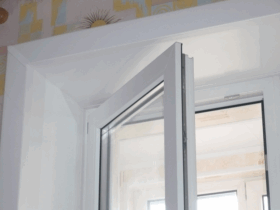
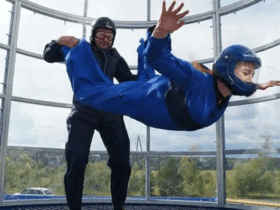
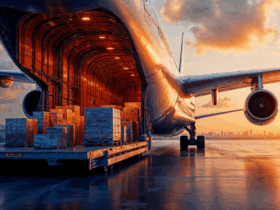
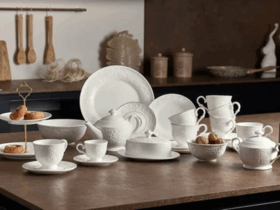



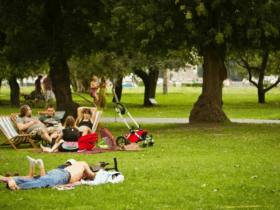

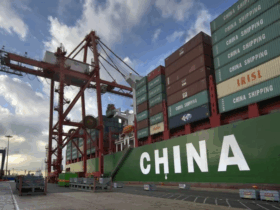
Оставить коммент.